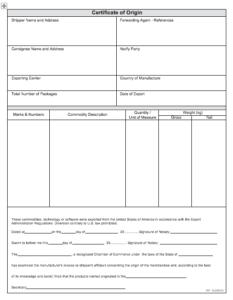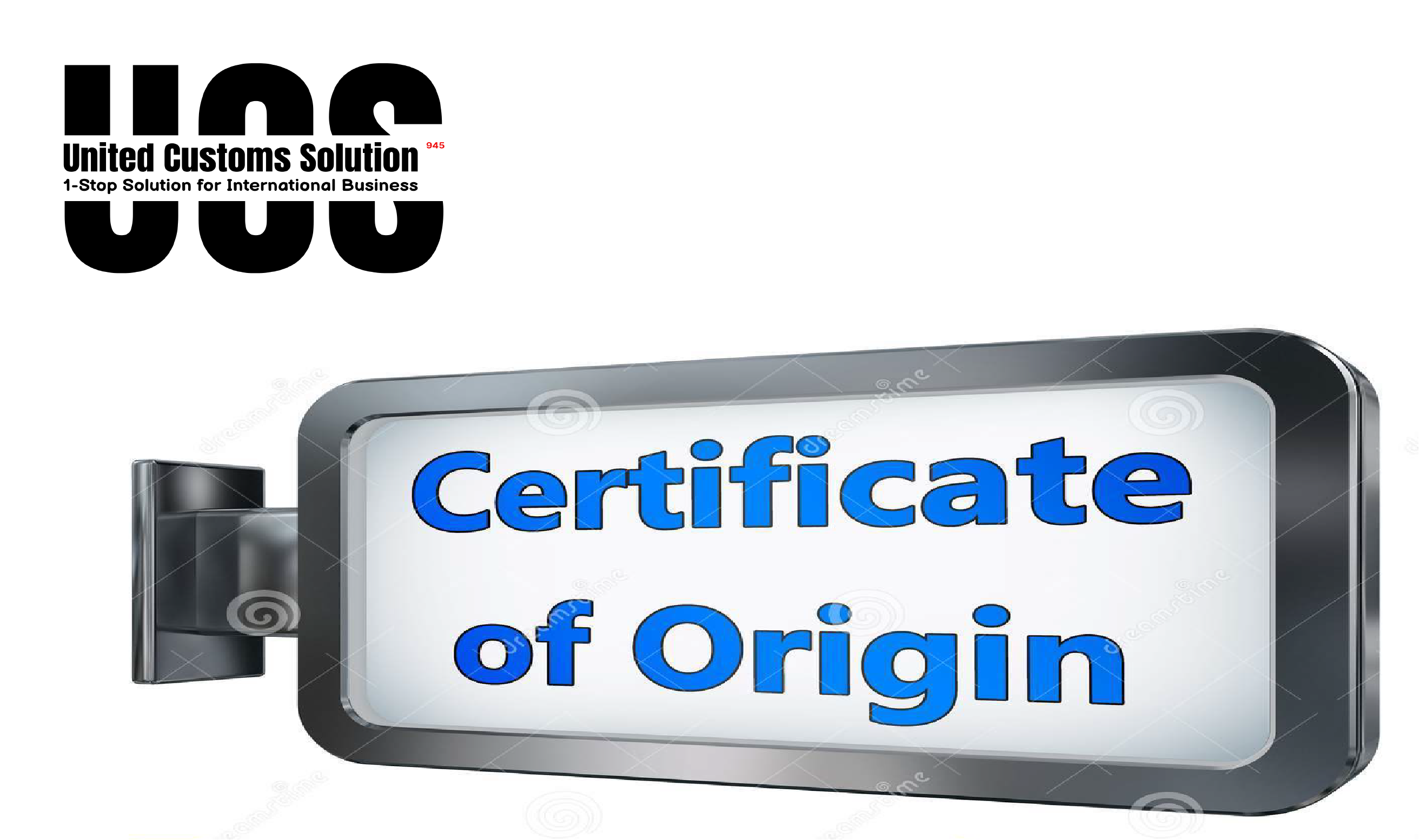Certificate Of Origin: Everything You Need To Know
For international trading, it is necessary to know about shipping documents. here we are going to explain the certificate of origin with samples and essential details.
The certificate of origin is a document issued by the competent authority of the country certifying that the goods are produced or manufactured in the same country. Generally, it is issued by the Chamber of Commerce of the concerned country but in the case of Nepal, it is issued by the Federation of Nepal Chamber of Commerce & Industry and the Confederation of Nepalese Industry as well.
Sample COO

Who are the users of the certificate of origin?
- Customs
- banks
- private stakeholders
- importers
Types of certificate of origin
There are 2 types of certificates of origin. They are as below,
1. Preferential certification of origin
This type of certificate of origin uses to get an advantage of tariff, and duty exemptions relevant to Trade agreements.
2. Non-preferential certificate of origin
There is not include preferential party or treatments.
Why need a certificate of origin?
the main purpose of a certificate of origin is to prove that the shipment or product’s made in or manufacturing country.
For customs clearance purposes.
It may be a mandatory document for the importer’s bank when obtaining the Letter of credit(L/L) facility.
Who needs to apply certificate of origin?
The exporter needs to apply for a certificate of origin that mentions the country of origin.
Who issues certificates of origin?
Country of origin’s chamber of commerce.
How to obtain a certificate of origin?
As an exporter, you can apply for a certificate of origin through a freight forwarder or customs house agent. Otherwise, you can apply it directly to the chamber of commerce of the exporter’s country. You need to fill details form for the certificate of origin with the required documents. Some countries provide facilities for applying e certificates of origin. then you can submit details and supporting documents online.
What are the details included in the certificate of origin?
- Exporter details: names and address contact number.
- Manufacturer or producer details: required if the difference from the exporter
- consignee/ importer or receiver’s name and contact details
- HS code of the goods
- Description of the goods
- quantity and weight of the packages
- number of packages
- The country of origin
- Bill of lading number or airway bill number.
- Type of the shipment: LCL or FCL
- Marks and numbers
- declaration by the chamber
- declaration by the exporter
- Voyage details: voyage number
- vessel name
- port of loading
- port of discharging
- Export invoice number and date






